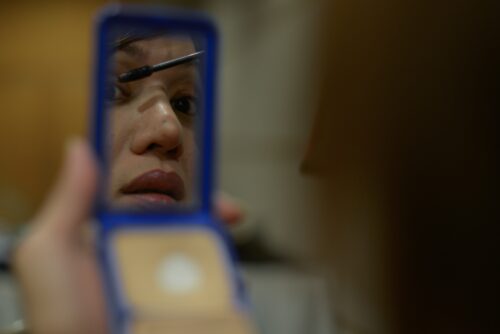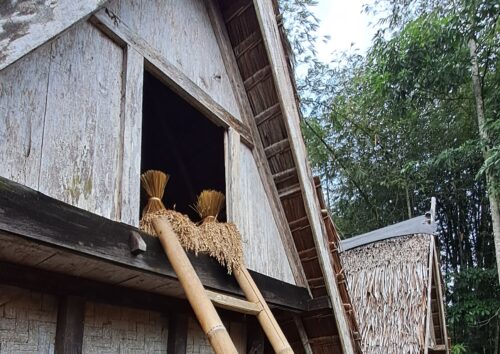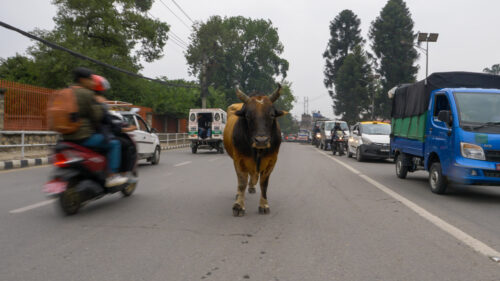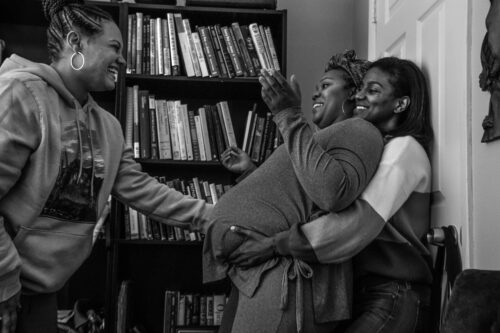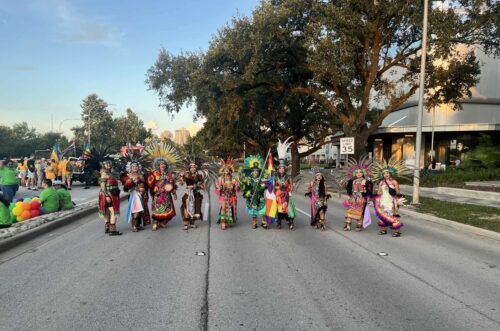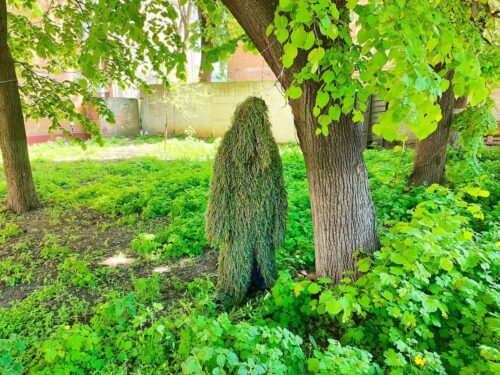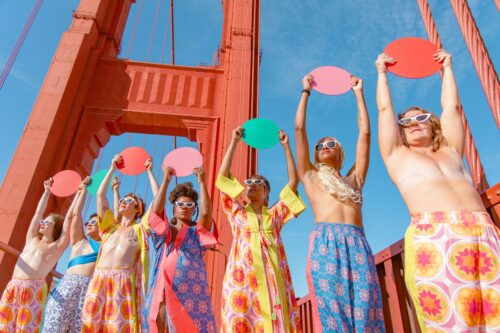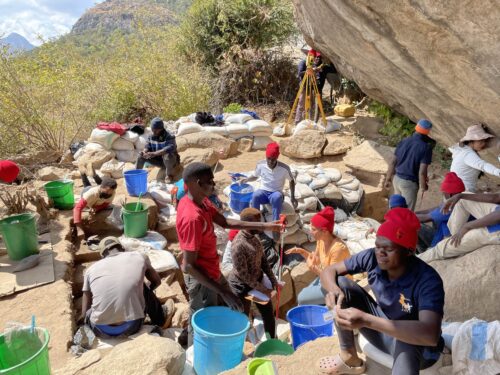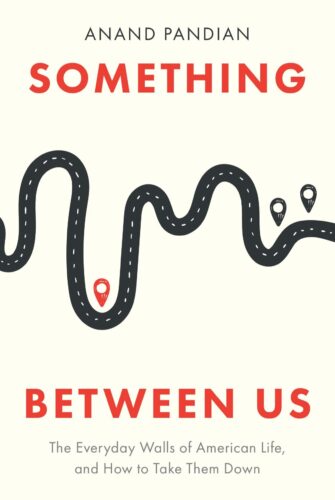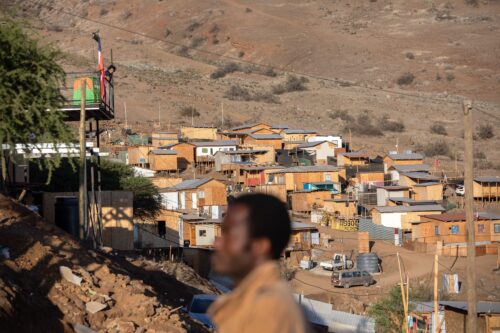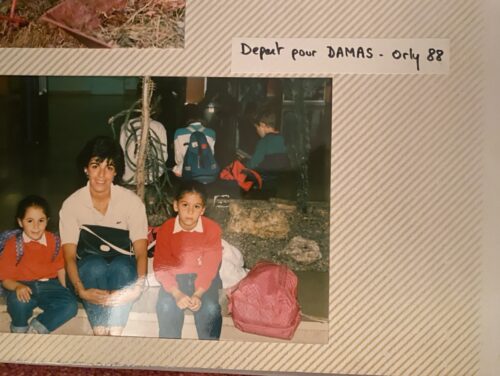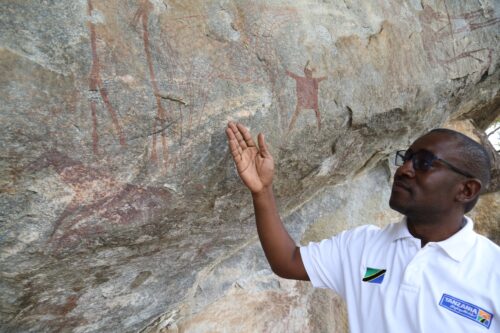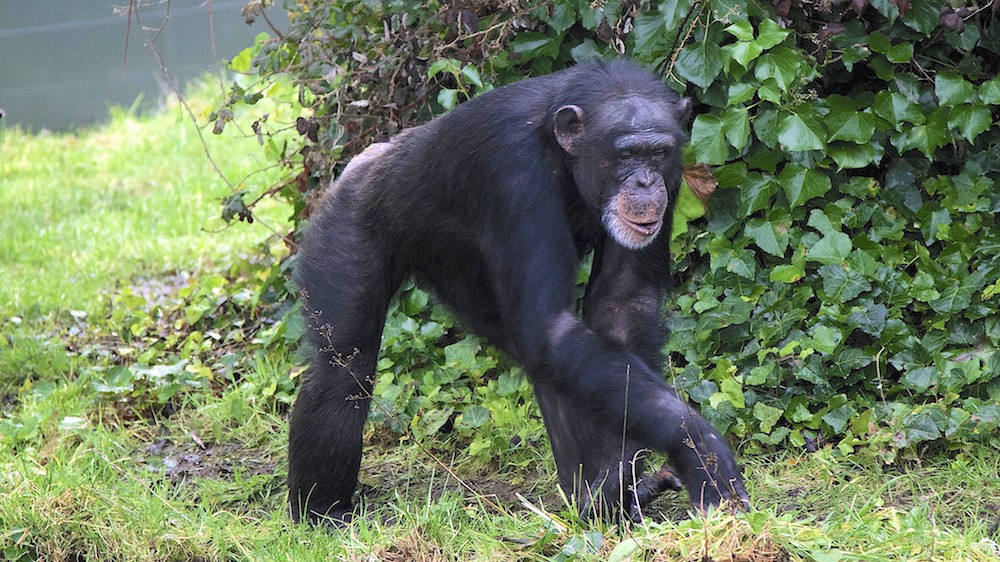Why Social Distancing Feels So Strange
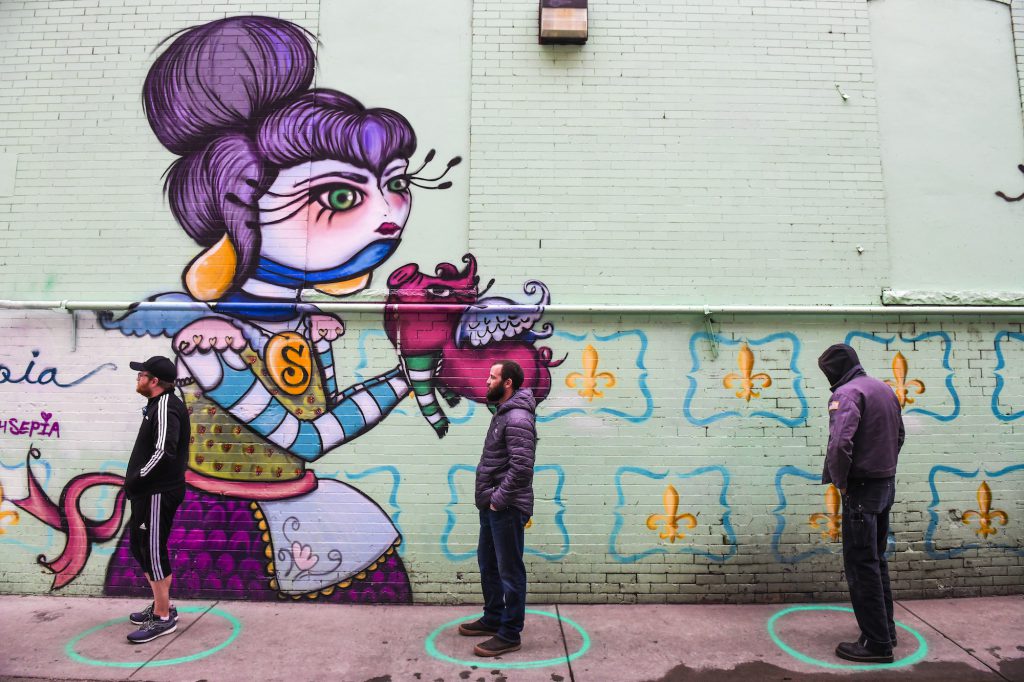
阅读本文:中文 (Chinese)
Around the world, millions of people are now practicing social distancing to help stem the spread of the COVID-19 virus. In cities renowned for café culture, restaurants sit empty. Town squares are deserted; gatherings from sporting events to music concerts have been banned; some people are staying 6 feet away from every other human on the planet. For some, particularly self-described introverts, this new form of distancing may not feel so different from their previous everyday life. But for many, it forces a pattern of behaviors that feels unnatural and uncomfortable, feeding a rising sense of anxiety.
Why does intentionally avoiding physical interaction with other humans during our daily routine feel so strange? The answer may lie in millions of years of behavioral and cultural evolution.
Since our evolutionary split from chimpanzees around 7 million years ago, humans have become increasingly dependent on complex social cooperation to survive and thrive. People sometimes think of humans as fundamentally selfish or violent, but anthropological research shows that we have evolved to work cooperatively and live in supportive communities.
Thanks to COVID-19, that evolved tendency is now being strained.
Some of the earliest evidence for the importance of cooperative behavior in our species comes from a surprising event: the evolution of walking on two legs. Among the earliest evidence of bipedalism in the hominid linage is Sahelanthropus tchadensis, an upright ape-like primate from Chad dating to about 7 million years ago.
There are plenty of possible reasons for why our ancestors began to stand upright: It might have helped them regulate their body temperature, decrease their exposure to natural radiation from the sun, or increase their range of sight to watch for predators, among other reasons. But one hypothesis proposed by American biological anthropologist C. Owen Lovejoy in 1981 suggests that our ancestors freed up their hands for food sharing, specifically so that a male could carry food back to a female raising their young. This type of social cooperation is much more difficult for quadruped knuckle-walkers like chimpanzees.
Fast forward to when humans started to manufacture stone tools, the earliest evidence for which comes from East Africa about 3.3 million years ago. This technology forever changed the course of hominin evolution by allowing us to exploit our resources more quickly. Rather than waiting for the much slower process of biological evolution to change our bodies physically to suit the environment, we began to change the environment to suit us.
As tools became more complex and refined throughout millennia, it’s clear that our ancestors needed to teach and learn the tricks of the trade through social interaction. As an archaeologist who studies toolmaking in ancient Africa, I have seen evidence that specific techniques—a certain way of shaping a stone into a sharp point, for example—were passed from one group to another. The knowledge was shared collaboratively to benefit groups and may have even prompted the development of language to facilitate that sharing.
The coming months will be a test of humanity’s deeply rooted cooperative tendencies.
By about 1.9 million years ago, around the time of the appearance of Homo erectus, cooperative behavior may have greatly increased again. By this time, females were facing significant challenges giving birth: Their upright bodies had a hard time delivering big-brained babies. This physical burden might have prompted dramatic shifts in hominin social structures, with a bigger division of labor between males and females, and additional collaboration between childrearing females.
Along with this change in society seems to have come stronger social supports within these communities. Physical evidence for this can be found in the femur of an 800,000-year-old H. erectus from Java. The femur was badly broken—an injury that almost certainly means a quick death for someone trying to live alone. But, incredibly, this fracture healed. That means the injured hominin received an enormous amount of support from their social group. Our ancestors really took care of one another.
For humans, cooperation has become a deeply rooted evolutionary strategy. It allows us to split up the tasks of finding food and raising young, to share information about toolmaking and other survival skills, and to support one another in times of need to raise the chance of success for a community as a whole.
We have evolved to sit around a campfire trading stories of our successes and failures, to learn from one another and enjoy each other’s company. Modern studies in psychology and economics continue to show that people tend to cooperate rather than acting selfishly; we act for the benefit of the community more often than we act in favor of our own self-interest. The pull of collaboration makes its mark in the dating game: Research has shown that women find altruism very desirable when looking for a long-term partner.
All this collaboration and kindness might sound like an obvious survival strategy, but it hasn’t played out this way for all species on the planet.
Consider the chimpanzee, our nearest genetic relative. Many studies have shown that chimps are very intelligent and will cooperate to a degree, but they still maintain a high level of impulsive selfish behaviors.
In one study, for example, chimps were given the option of pulling a food or tool reward just toward themselves alone or toward themselves along with a partner. They chose the more selfish, individual option more often, even when the amount of food they got remained the same. Only when the reward for choosing the collaborative option was increased for both chimps did they tend to pick that option. Humans, on the other hand, have social behavior so ingrained in us that we cooperate to a greater extent, and in more ways, than most other species.
As a result of humanity’s evolution for social tendencies, we have a problem: loneliness. This feeling may act as a driver to pull people back together, much as thirst makes people drink and hunger makes people eat. But it has negative consequences too.
People who perceive themselves as being without social support, living in a world without beneficial social interaction, can become irritable and depressed. Lonely people—and animals—tend to adopt more selfish behaviors, putting their own needs first. The more a human thinks there is a lack of beneficial social interaction around them—in other words, the lonelier they feel—the more they adopt these behaviors.
The consequences of isolation and the ensuing selfish behaviors can be high. Persistent loneliness can reduce our capacity to look after ourselves and even harm our physical health. According to one 2018 study, loneliness in people is associated with a 26 percent increase in the chance of premature death.
Clearly, humans are hardwired for social cooperation. This leaves us in our current conundrum: To prevail against the COVID-19 virus, we must cooperate by acting against our evolutionary drive for interaction and distancing ourselves from one another.
The coming months will be a test of humanity’s deeply rooted cooperative tendencies. Already people have shown creative ways of continuing to be social in the face of physical distancing—from balcony singalongs to long-distance exercise classes and dance parties, from virtual concerts to online play dates for children, and more. Some people have fought back against the term “social distancing,” insisting that the “social” can be retained, and even strengthened, in the face of what should more accurately be called “physical distancing.”
But can we entirely override our long-programmed interactive cooperation and replace it with distant cooperation? Will virtual interaction be a suitable replacement in fulfilling the need for physical interaction? It remains to be seen.

